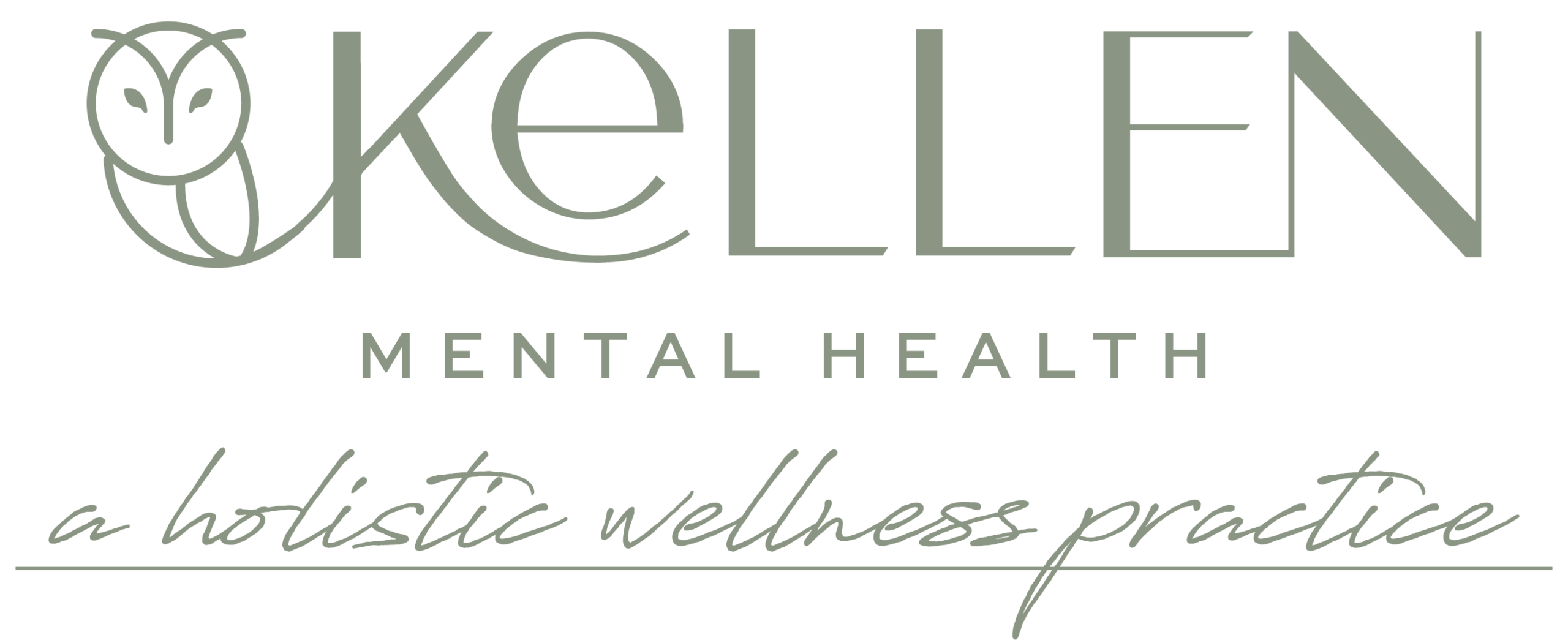The goal of this template is to be able to discuss a topic where you both feel heard and understood. Using this format can help reduce flooding or escalation that can happen with hard or sensitive matters. Practice and don’t give up!
Before you do anything:
- Remember you love the person.
- Remember your goal— to get back to harmony, connection, and repair.
- Agree on a time and place for this conversation.
- Center yourself, using your wise adult brain.
- Stick to the issue at hand, don’t lump in all past offenses or trends.
- Avoid just dumping on your partner (unbridled self-expression).
- All 5 steps shouldn’t be more than about 15 sentences. Be brief and to the point.
1.This is what happened/is happening.
Just the facts (think about what could be recorded on a camera).
Observable behaviors.
2-3 sentences.
Examples:
“I heard you say __.”
“When you walked into the room, __.”
“What I saw was __.”
2.This is what I told myself/am telling myself about it.
Your inner narrative and thoughts.
Share what experiences or memories that may have escalated the interaction (trigger/raw spot).
Avoid attack or blame.
This may include what you needed from the person.
2-3 sentences.
Examples:
“In my head, I was thinking _.”
“I was triggered by __.”
3.This is how I felt/feel about it.
Feelings only. No need to share why.
Dive deeper than just secondary, outward, reactive emotions. Consider more of those vulnerable, core feelings.
Don’t comment on the other person’s feelings.
2-3 sentences.
Examples:
I felt __.
I’m sensitive to __.
4.This was/is my part in it.
Acknowledge your own role in contributing to the incident.
Were you feeling stressed, overwhelmed, tired, flooded, or physically unwell?
Share any regrets you have personally.
Make an apology.
2-3 sentences.
Examples:
“I’m sorry that I __.”
“I was really tired from __ and I wasn’t my best self.”
“I came in to the conversation with an agenda.”
5.This is what I’d like/you can do about it.
Make it specific.
Stay in the present.
Consider needs, desires, wishes and dreams.
Have a constructive plan to make it better next time, such as guardrails or a signal.
2-3 sentences.
Examples:
“I’d love it if __.”
“In the future, can you __?”
Now the other person has their turn.
Be quiet and listen.
Nonverbally show interest and engagement.
After the conversation:
Let it go.
Celebrate and feel good that you spoke up maturely and lovingly.
Accept that sometimes you get what you want and sometimes you don’t.
Don’t rebut. “Yeah, but you __.”
Don’t get defensive (or contemptful, withdrawn, or critical).
Acknowledge what you can. “Yes, I did do that.”
Respond with generosity. “I can see why you felt that way.”
Lead with agreement. “I’m willing to __.” “I can do that.”
Acknowledge what is going well. Show appreciation. “Thanks for sharing with me.”
Be transparent, vulnerable, and positive.
Choose to forgive.


